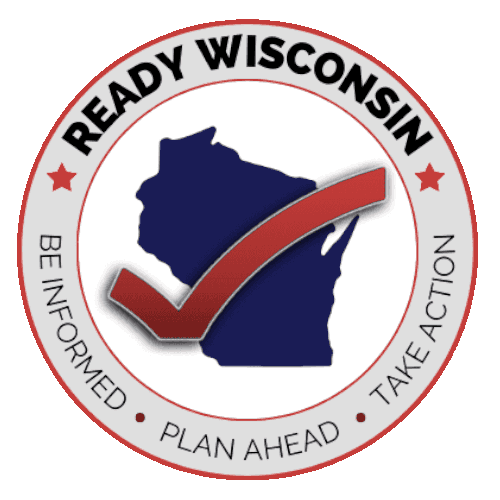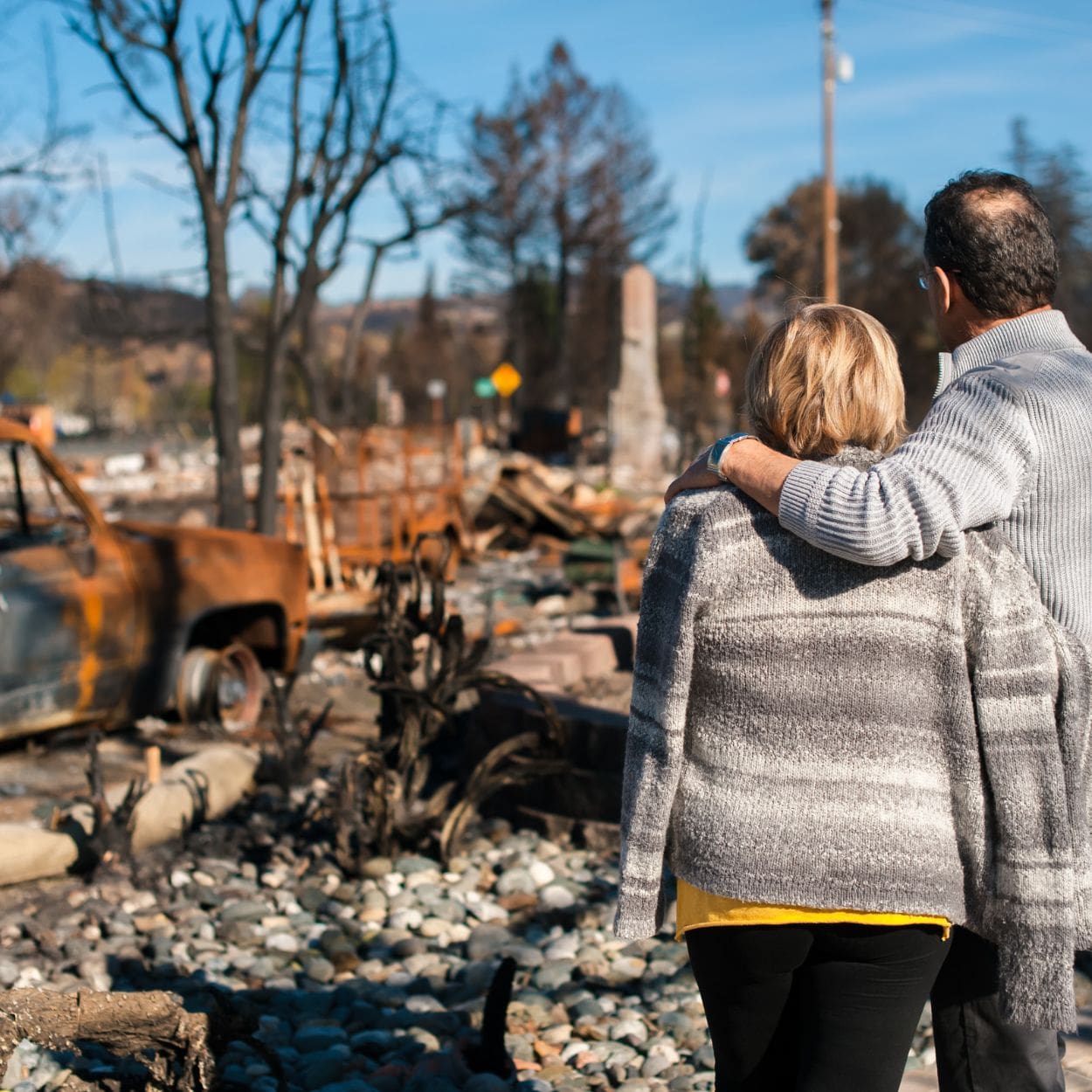People are also often concerned about “what’s next” following disaster. Recovery is usually a gradual process. In the seconds, minutes, and hours after a disaster, people feel uprooted and need help to manage their situation. Safety is a primary issue, as are mental and physical well-being. If assistance is available, knowing how to access it makes the process faster and less stressful. There are several steps to take after disaster strikes in order to begin getting your home, your community and your life back to normal.
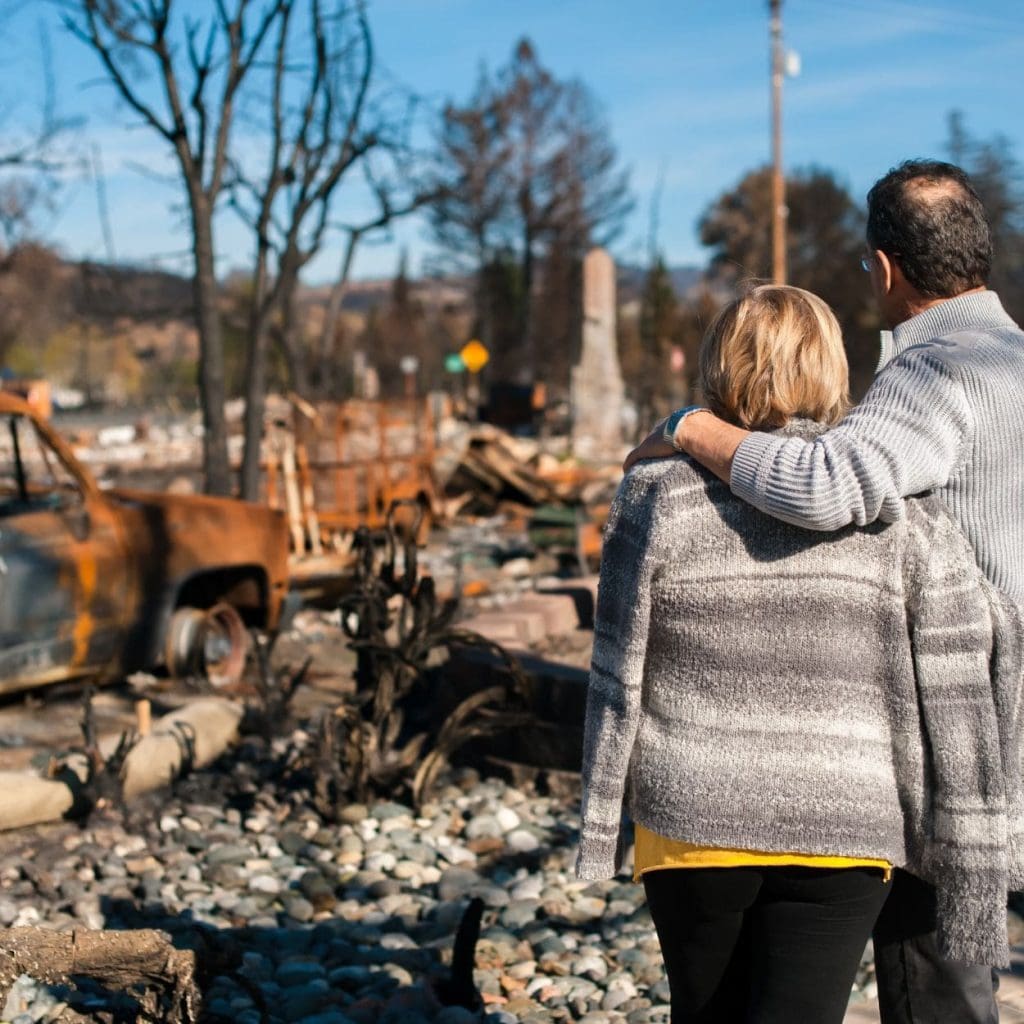
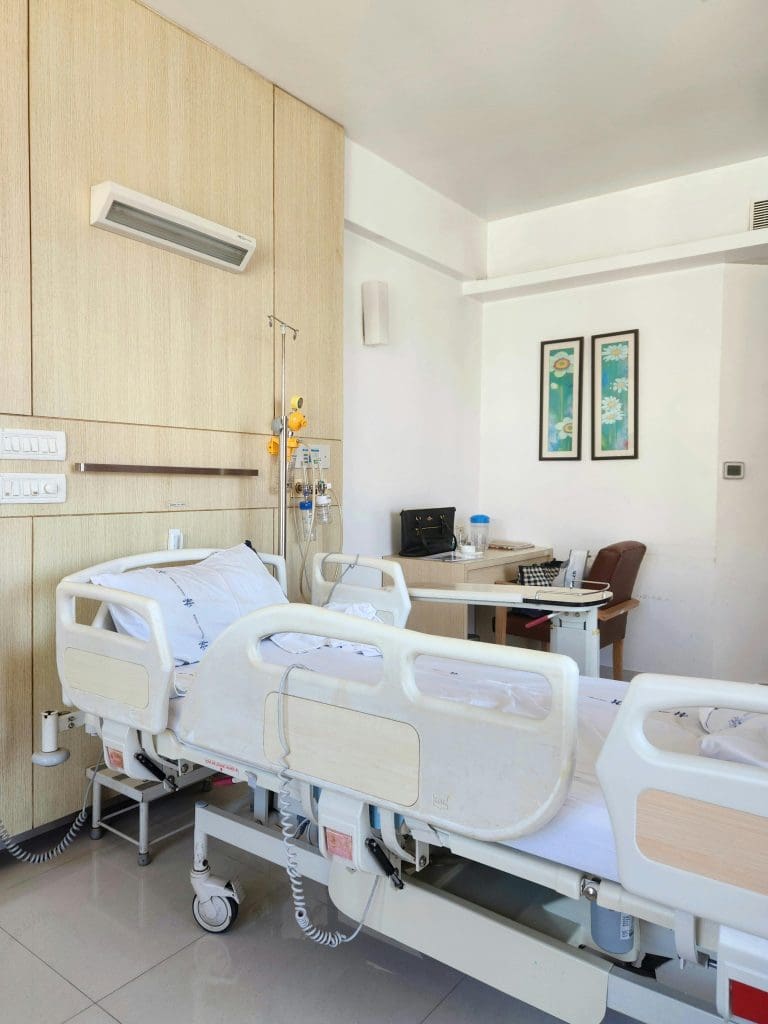
Physical Recovery
Your first concern after an emergency is your family’s health and safety. Consider any safety issues and monitor health conditions. Remember to follow instructions from public safety officials following a disaster. Return home only when authorities say it is safe to do so. Monitor a trusted local media source for emergency information.
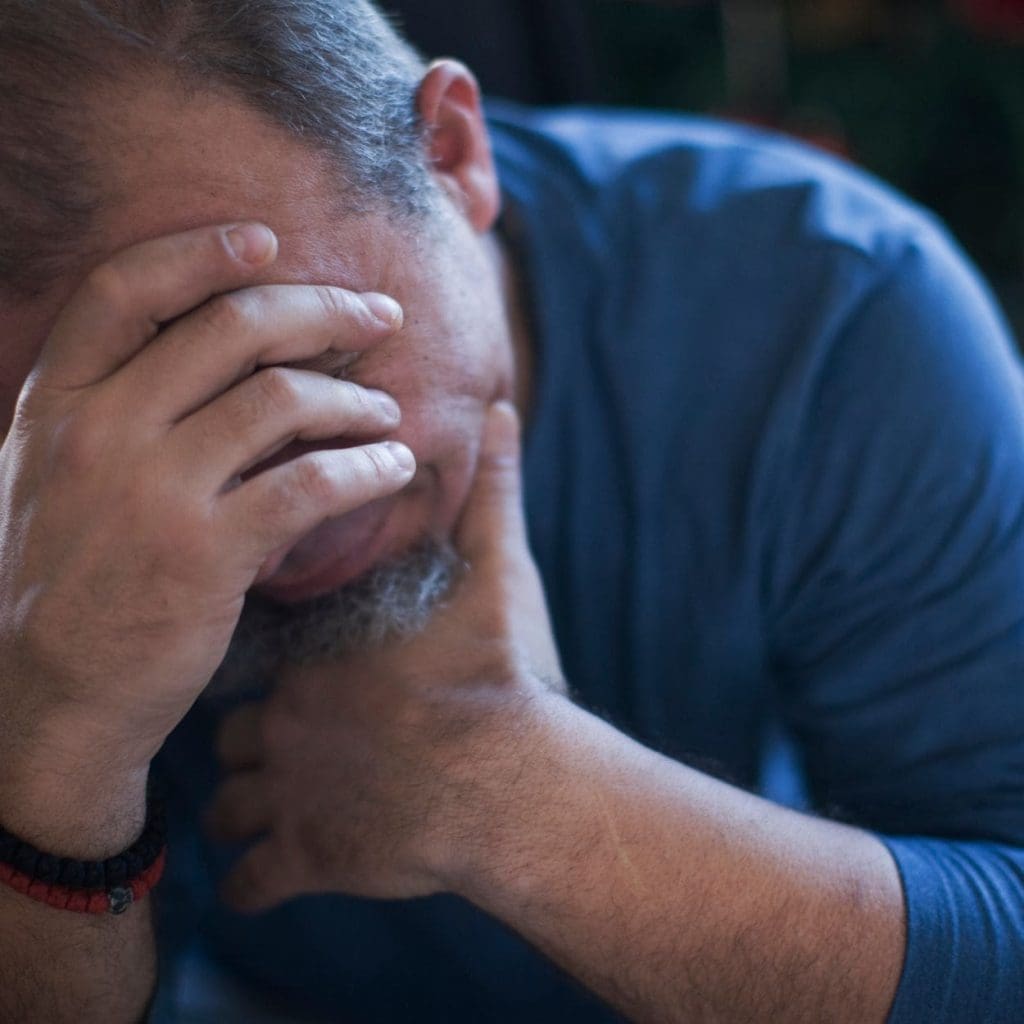
Coping
Disasters are upsetting experiences for everyone involved. The emotional toll that disaster brings can sometimes be even more devastating than the financial strains of damage and loss of a home, business, or personal property.
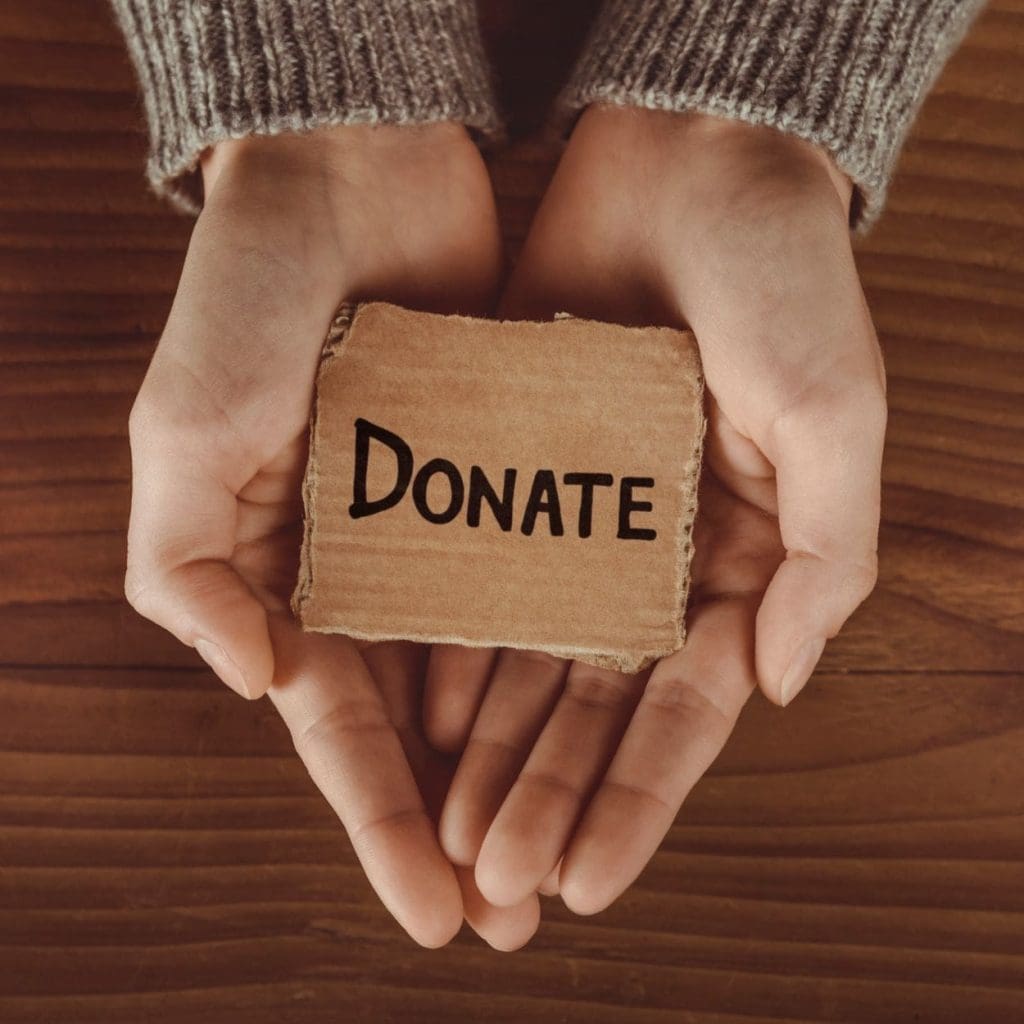
Helping Others
The compassion and generosity of the American people is never more evident than after a disaster. Everyone is moved when they hear the news that disaster has struck a community. By learning the best ways to donate and volunteer, we can all make a huge difference in the lives of those affected.
